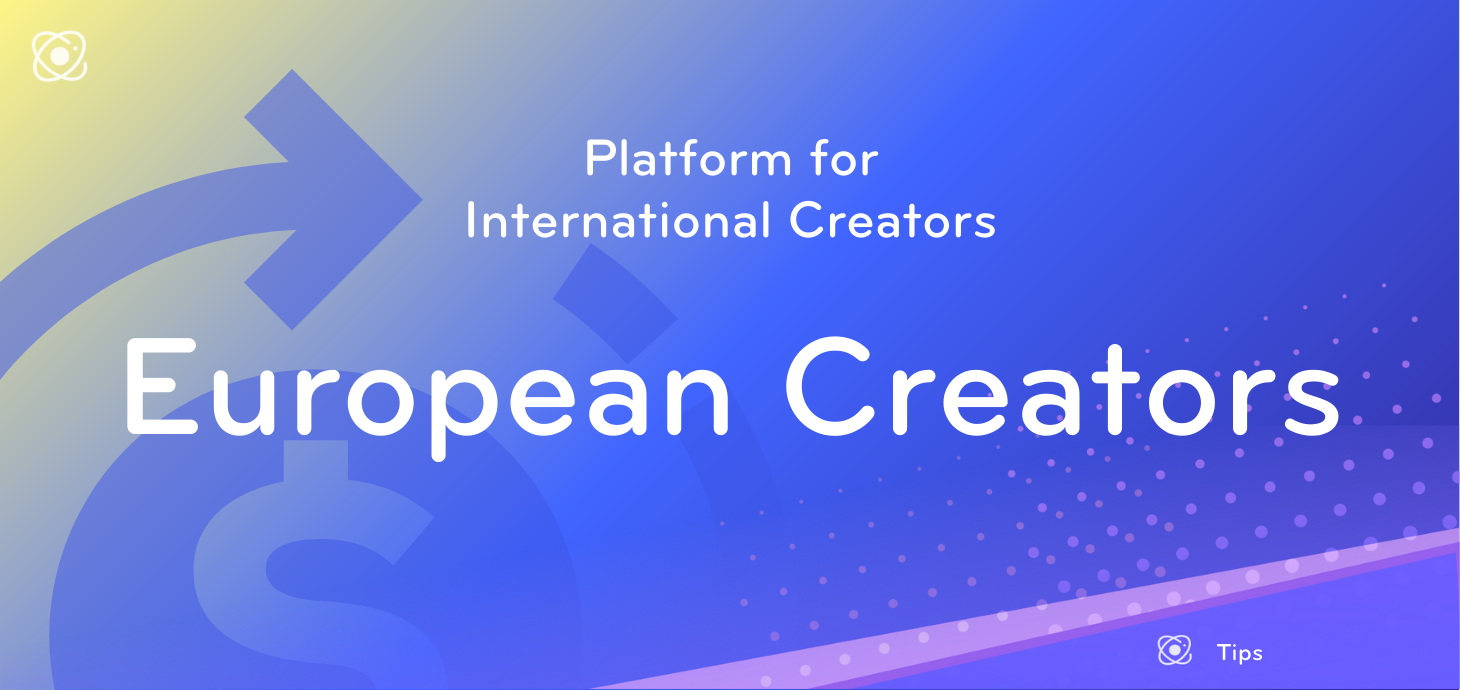Two weeks ago, everyone was still laughing at Sam Altman's comment on a company with just 1 individual making one billion dollars. It may be a bit exaggerated, but with the release of Sora on Feb 15, I will second-guess his opinions from now on. Let's take a look how Open AI latest Text2Video model, Sora, will change the content market.
- Create 60 seconds high quality stock footage
- Cost and time efficiency for video short editors
- Highly customized and personalized shorts
What is Sora?
OpenAI's latest release is an advanced AI model designed to generate up to one-minute video clips from just text input. This innovative technology extends the capabilities of AI in content creation, building on the foundation laid by models like DALL-E, which could turn text descriptions into photorealistic or stylized images. Sora differentiates itself by its ability to understand and interpret text inputs to create dynamic, realistic video content. It comprehends how various elements such as reflections, textures, materials, and physics interact over time to produce videos that look incredibly realistic. This model represents a significant leap forward in AI-generated media, showcasing the potential to create complex video content from simple text descriptions. Its introduction marks a pivotal moment in the field of AI, highlighting the rapid progress and increasing sophistication of generative models in producing content that closely mimics real-life imagery and motion.
Prompt:
The camera directly faces colorful buildings in burano italy. An adorable dalmation looks through a window on a building on the ground floor. Many people are walking and cycling along the canal streets in front of the buildings.
Key Differences of DALL-E vs. Sora
Let's check out the main difference between Open Ai DALL-E, which was released on January 5, 2021, and Sora, released on February 15, 2024. It is insane that it only took Open AI to drop two hug bombs in a period of 3 years.
- Content Type
- DALL-E: Generates static images from text descriptions.
- Sora: Creates dynamic video content based on text inputs.
- Complexity
- DALL-E: Deals with the complexity of generating coherent and contextually accurate images.
- Sora: Adds temporal complexity, generating sequences that require continuity and a realistic depiction of motion over time.
- Understanding Dynamics
- DALL-E: Focuses on static representations of objects, textures, and lighting.
- Sora: Understands and predicts how elements interact over time, including movement, light changes, and material behavior.
- Applications
- DALL-E: Used for static artistic creation, design, and illustration.
- Sora: Expands into dynamic fields like video production, advertising, and education, offering new tools for storytelling and content creation. Check out the video below, it literally looks like a scene from a video game. With the development of these generative videos, I have no doubt that games will insert more cut scenes and interactive clips. One of the most popular Chinese indie game, Love Is All Around, is an interactive dating simulation game and TV romance dramas, earning over $90K on Steam.
How Sora will change video content
Short-Term Effects
Increased Accessibility to High-Quality Content: Sora will democratize access to high-quality video content. YouTube, TikTok content creators, marketers, and educators who may not have the resources for expensive video productions can generate detailed, dynamic scenes without the need to buy stock footage.
Revolution in Stock Footage and Custom Content Creation: The ease of generating tailored video content will likely reduce the reliance on stock footage, allowing for more customized and specific content that perfectly fits the needs of a project without the generic feel of stock videos. From now on, companies who need an unique theme-specific video clip for marketing does not need to hire an external team to get the footage. There will be a greater emphasis on post-production skills to refine and enhance AI-generated videos, integrating them seamlessly into traditional content.
Long-Term Effects
Transformation of the Video Production Industry: Over the long term, Sora and technologies like it could transform the video production industry. As AI becomes capable of producing more sophisticated and longer video content, we might see a reduction in demand for traditional video production roles, such as cinematography and on-location shooting. However, new roles focused on AI supervision, prompt engineering, and AI-generated content curation could emerge.
Redefinition of Creativity and Originality: The ability of AI to generate video content will challenge traditional notions of creativity and originality. Artists and creators will explore new forms of expression, leveraging AI not just as a tool but as a collaborative partner in the creative process. This could lead to new genres and styles of video content that blend human creativity with AI's capabilities, especially with the VR content.
Impact on Information Integrity: As AI-generated videos become indistinguishable from real footage, the long-term implications for information integrity and trust are significant. Society will need robust mechanisms to verify content authenticity, especially in sensitive areas like news, documentary filmmaking, and political content. This may involve advanced content verification technologies and stricter regulatory frameworks to combat misinformation and ensure transparency.
立即注册 UniFans 引力圈, 轻松自由地创作吧!
立即注册 UniFans 引力圈, 轻松自由地创作吧!
nOTE:
Only team owners can access this feature. Please ask your team owner to access this feature.
RELATED CONTENT

UniFans Content Team
UniFans' content writing team is a group of creative storytellers dedicated to crafting engaging and insightful content for the digital world, specializing in topics that resonate with influencers and online content creators.








